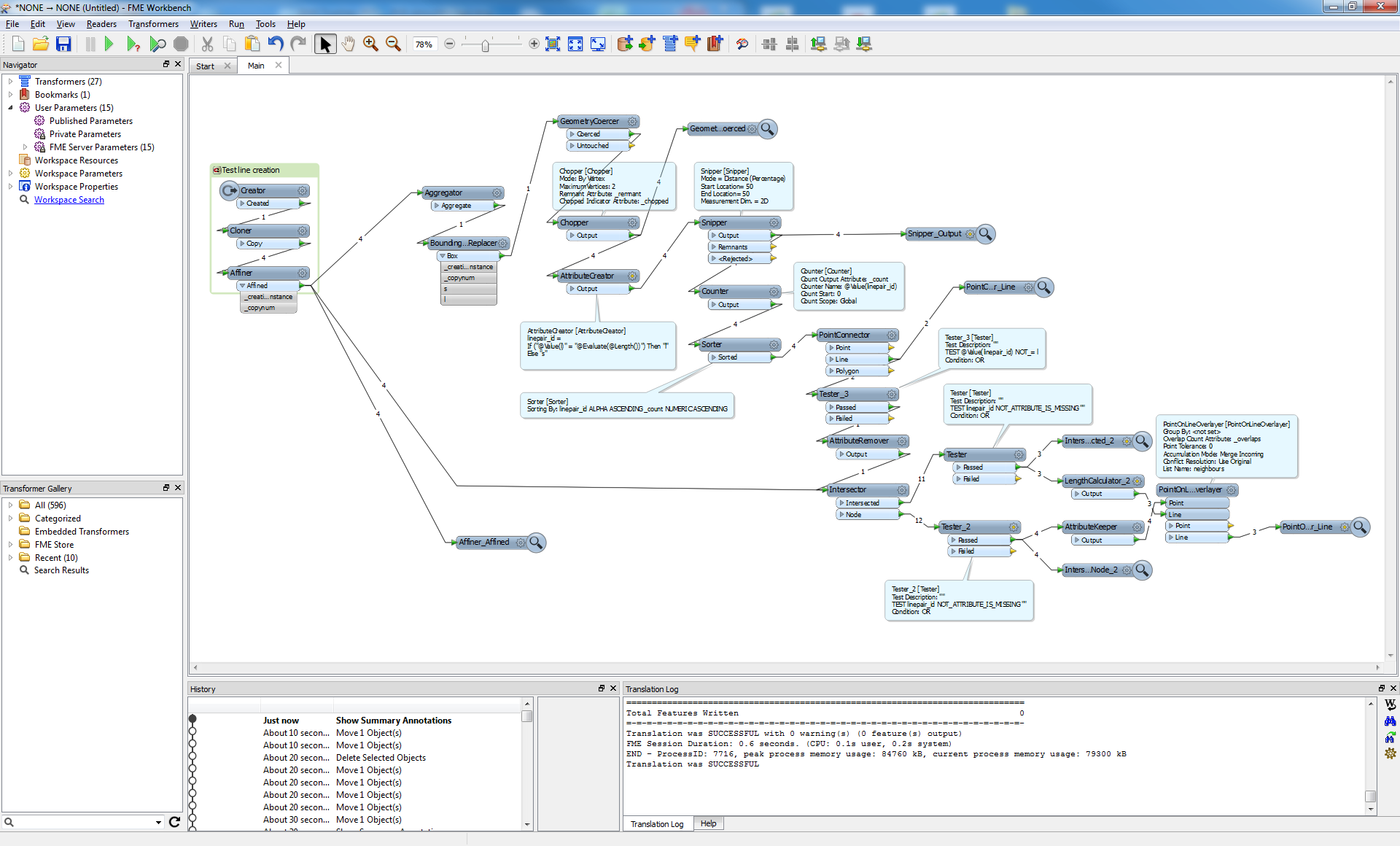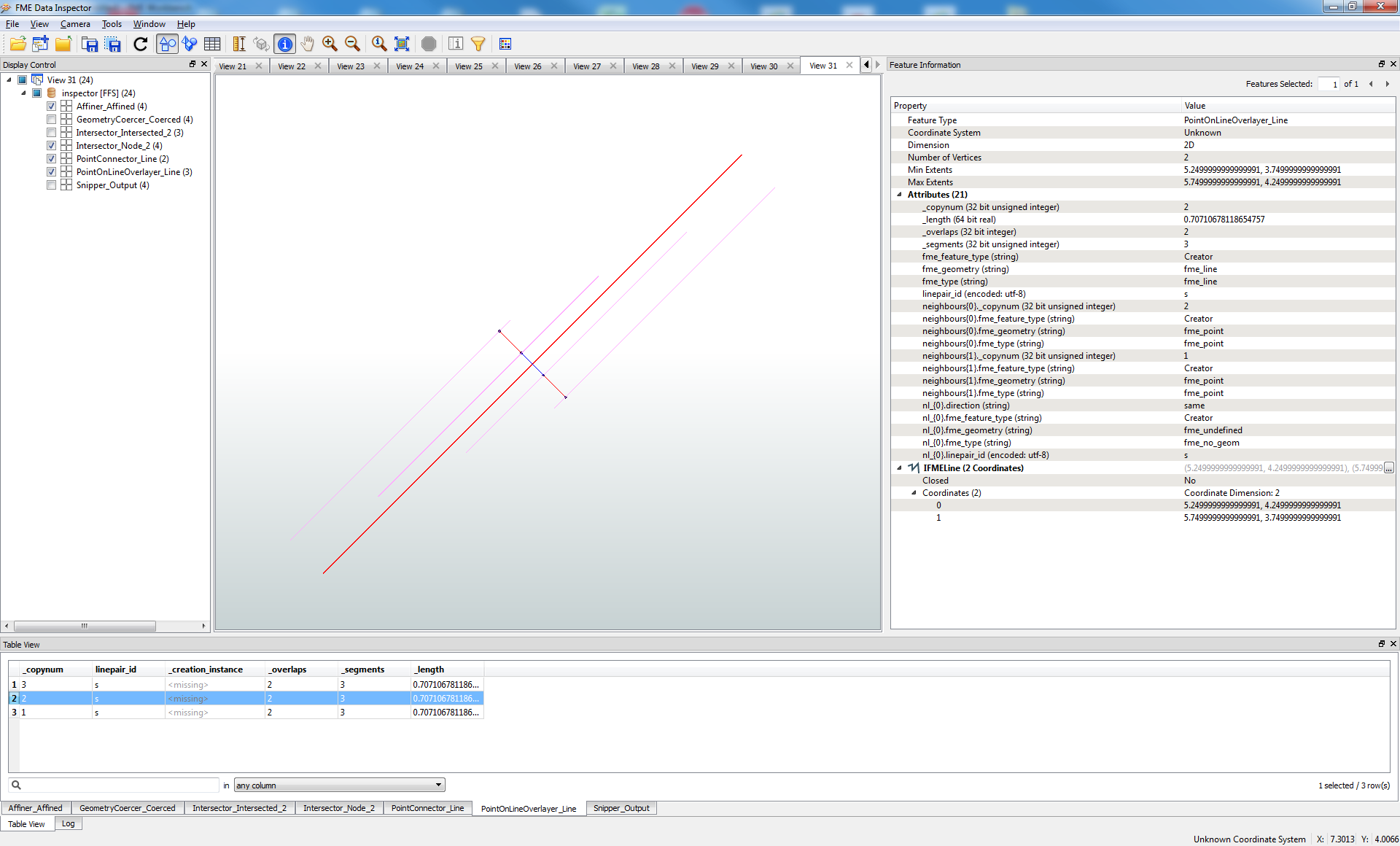I have 4 linear features that are all parallel from eachother, and set at unequal spacing from eachother. I am looking to calculate the nearest distance left and right from each linear feature to the next linear feature. Having trouble figuring out how to make this work. Any help is much appreciated
Best answer by jdh
View original











